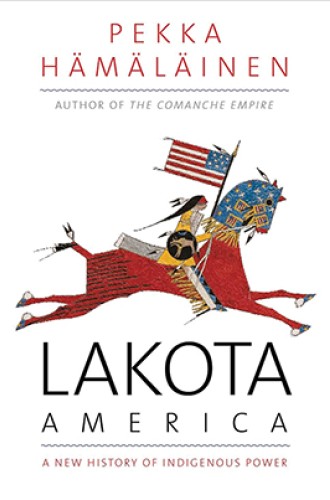One July morning a few years ago, I climbed into a church van with a dozen confirmands from the Colonial Church of Edina, Minnesota, and drove west. Leaving the Mississippi River behind us, we followed the Minnesota River Valley until we merged onto Interstate 90. From there, we traversed the fertile fields of eastern South Dakota, descended into the Missouri River Valley, and emerged into the less fertile short-grass plains. We navigated the Badlands for a stretch before arriving at our destination: the Pine Ridge Indian Reservation, home to the Oglala Band of the Lakota Nation.
In under ten hours, we covered roughly the same path that the Lakota traveled over the 250 years that are recounted in Pekka Hämäläinen’s magisterial book. Relying on newly available “winter counts”—pictographs drawn in spirals on buffalo hides, cloth, muslin, and paper to recount a year’s activities—Hämäläinen successfully makes the Lakota people unfamiliar to readers, disabusing us of the imagery inherited from popular culture depictions and painting a more nuanced picture. In short, he shows that the Lakota people have long been brilliant warriors, diplomats, and survivors.
The Lakota, or Thítȟuŋwaŋ, are one of the seven allied Sioux cultures. Among the Lakota there are seven distinct tribes, or oyátes: Hunkpapas, Minneconjous, Oglalas, Sans Arcs, Sicangus, Sihasapas, and Two Kettles. In their earliest recorded history, the Lakota oyátes were clustered around their spiritual center, Mde Wakan (now called Lake Mille Lacs), in what is today central Minnesota. They inhabited woods and river valleys and lake shores. How they became the warriors and buffalo hunters of the plains is the story of the first half of the book.






